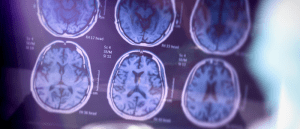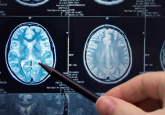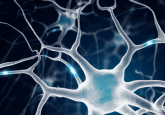Regular exercise could help prevent onset of Alzheimer’s disease

Regular physical exercise has been shown to help modulate iron metabolism in the brain and in muscles in a new study.
The study, led by Katja Kanninen at the University of Eastern Finland (Kuopio, Finland), aimed to help understand the effects of exercise on Alzheimer’s disease (AD), especially in terms of iron metabolism in the brain. The results of the study were published in the International Journal of Molecular Sciences.
The researchers wanted to investigate iron metabolism in AD as an accumulation of iron and the dysregulation of brain iron metabolism has been shown to have some involvement in AD and aging, but the mechanisms behind this involvement have never been fully elucidated.
The synthesis of the main iron regulatory protein, hepcidin, is regulated by iron load and inflammation, with the inflammation-modulating cytokine interleukin-6 (IL-6) involved in activating its synthesis in the brain. IL-6 is also known to modulate brain–muscle crosstalk.
 Could obesity accelerate the onset of Alzheimer’s?
Could obesity accelerate the onset of Alzheimer’s?
A recent study indicates that obesity places additional stress on the brain and influences key markers of cognitive health.
Regular physical exercise is proven to have anti-inflammatory effects and has a beneficial effect on iron metabolism in the body. What the researchers wanted to find out here was what the effects of exercise were on iron homeostasis in the brain, specifically in cases of AD, which have not yet been discovered.
To study these relationships and mechanisms, the team used a murine model for mapping out the effects of regular physical exercise on modulation of iron homeostasis. They used wildtype mice and 5xFAD transgenic mice and these were split into two groups. Half were housed with constant access to a running wheel over the course of a 6-month experiment, and half were housed without a running wheel. The researchers measured the levels of iron and iron-related proteins, such as iron transporters, that were present in the brain and in skeletal muscle. Crosstalk between the brain and muscles involving iron was also measured due to being of interest to the team for its potential involvement in the link between exercise and AD.
The results of the study showed that regular physical exercise does help to maintain and control both iron storage and iron trafficking in the brain and in skeletal muscle. The study also found that as a result of regular physical exercise, the levels of cortical hepcidin were reduced. This led the researchers to speculate that IL-6 is a principal cytokine involved in the modulation of hepcidin in the context of brain iron modulation linked with exercise.
This study demonstrates why regular physical exercise is important, with particular benefits in aging and for patients with AD. The researchers hope that this information could be used to develop new treatment strategies and aid in the prevention of disease onset.





